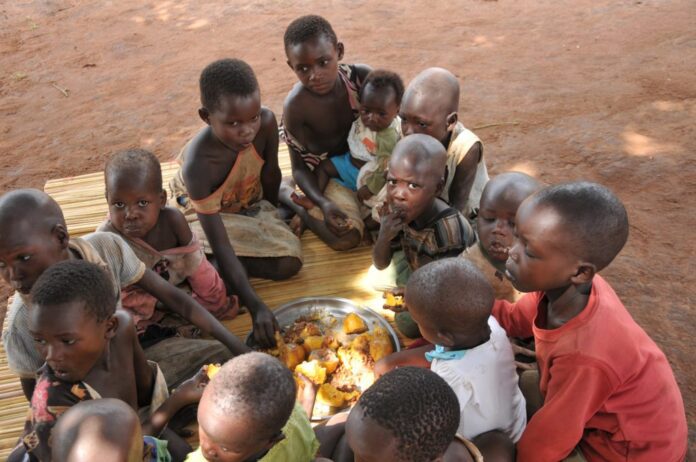Food insecurity in Uganda today affects a quarter of the population, with over 20,000 Ugandans uncertain about how they are getting their next meal, compromising on the quality and reducing the amount of food to the extent of skipping meals to reduce costs.
Uganda suffers from food insecurity, which is attributed to the deaths of many people. In 2022, approximately 41% of the population in Karamoja was facing high levels of food insecurity.
Food insecurity can be defined as the lack of regular access to enough safe and nutritious food for normal growth and development and an active and healthy life. This may be due to the unavailability of food or a lack of resources to obtain food.
As Uganda joins the rest of the world to commemorate World Food Day on Wednesday, October 16, 2024, Food Rights advocates have tasked Parliament to enact a law on food to protect communities facing endless hunger.
The Executive Director of the Food Rights Alliance, Agnes Kirabo, said that it is time for the government to develop legislation to govern the food sector as the industry continues to become complex and tricky.
“We have enacted laws, but we have never convinced ourselves as a country that we need a legal instrument to govern our food. At such a time, when food has become so contentious. It is a tradable commodity, and therefore the vices surrounding trade like fraud and greed are setting in,” she explained.
Kirabo noted that regions such as Karamoja, West Nile, and part of Acholi are under watch in the recent UBOS census report, which revealed that 4 in 10 Ugandans suffer from food insecurity, not just physical hunger.
In the Uganda National Nutrition Plan 2019-2025, the government demonstrated commitment to tackle malnutrition by settling ambitious targets in Uganda. Vision 2024 reflects Uganda’s commitment to addressing high levels of malnutrition and translates into a single Common Results Framework (CRF), which is reflective of Uganda’s commitment to national, regional, and international commitments on nutrition.
However, Kirabo noted that most of the people, especially underage children, in the Karamoja region are still grappling with food insecurity and dying of hunger.
“We had received a full report about the Uganda Demographic Health Survey that indicated that on a national average, 26% of all children under five years are stunted, including other regions like Karamoja; it is close to 50%. The country is grappling with visible and invisible hunger,” she said.
Read Also: WFP, Private Sector Partnership to Boost Food Security in Uganda
The Food and Drugs Act 1959, amended on June 18, 1959, seeks to make provisions for the prevention of adulteration of food and drugs and for incidental and connected matters.
However, the right to access affordable, healthy, and quality food has become increasingly questionable and complex considering the continued trade of substandard and expensive food items in the market, lack of farmland to cultivate, and inadequate capital that hinder the whole process.
According to the Food and Agriculture Organization of the United Nations (FAO), more than one billion people are undernourished. Over two billion suffer from a lack of essential vitamins and minerals in their food. Nearly six million children die every year from malnutrition or related diseases; that is about half of all preventable deaths. The majority of those suffering from hunger and malnutrition are smallholders or landless people, mostly women and girls living in rural areas without access to productive resources.
The government is left with a task to create new policies and emphasize the need to develop strategies for building a sustainable resource base to finance Food and Nutrition Service interventions, for example, through attracting foreign direct investment into the agriculture sector and embracing a stronger financial commitment to increase public funding to agriculture and other sectors.















